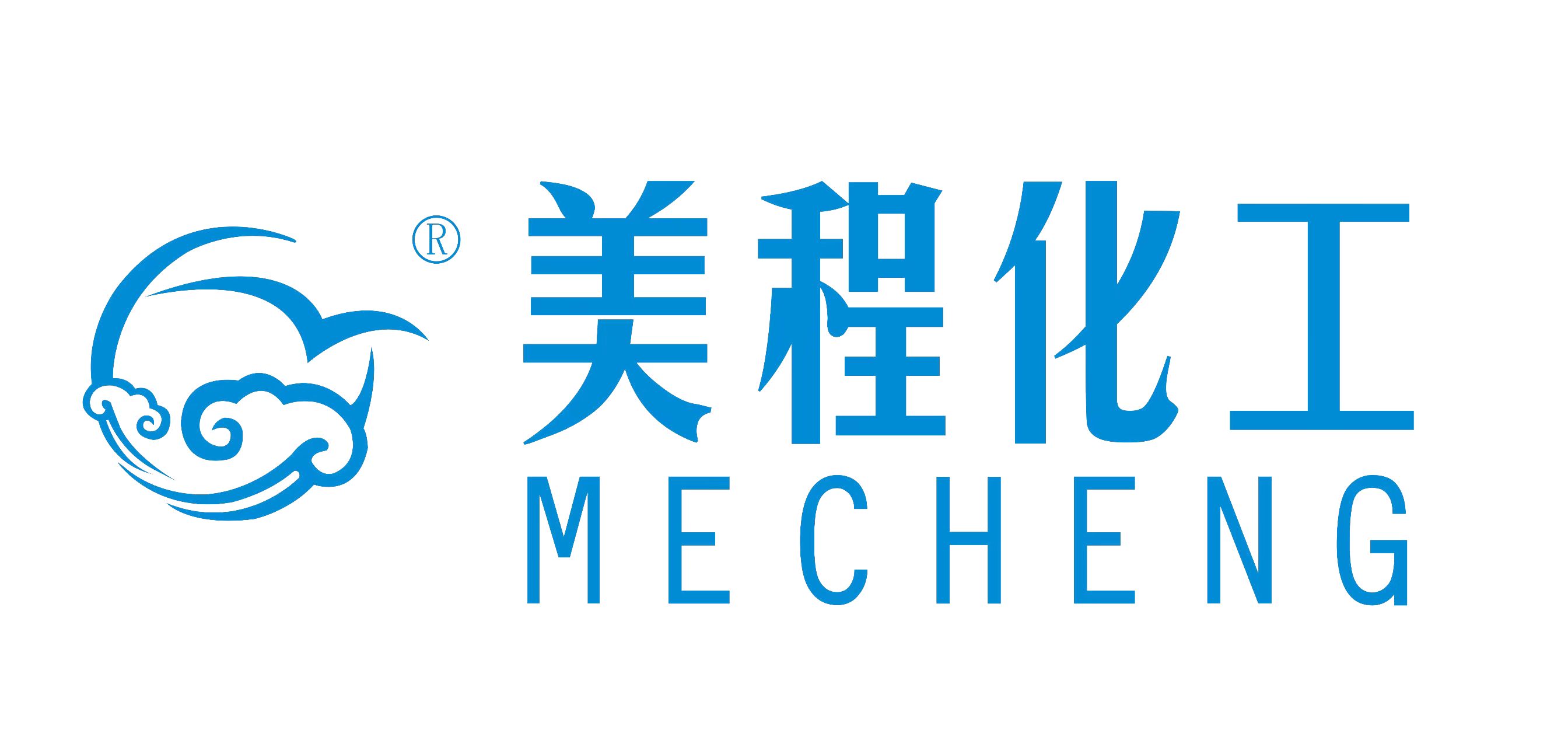The selection of packings includes determining the type, specification and material. The selected packing must not only meet the requirements of the production process, but also minimize equipment investment and operating costs.
1. Selection of packing type
When considering the requirements of the separation process, the following aspects are usually considered:
The mass transfer efficiency should be high. Generally speaking, the mass transfer efficiency of structured packing is higher than that of random packing.
The flux needs to be large. On the premise of ensuring high mass transfer efficiency, packing with higher flood point gas velocity or gas phase kinetic energy factor should be selected.
The pressure drop of the packing layer should be low.
The packing has strong anti-fouling and blocking properties and is easy to disassemble, assemble, and inspect.
2. Selection of packing specifications
Filler specification refers to the nominal size or specific surface area of the filler.
❶ Selection of random packing specifications
Commonly used bulk fillers in industrial towers mainly include DN16, DN25, DN38, DN50, DN76 and other specifications.
For similar packings, the smaller the size, the higher the separation efficiency, but the resistance increases, the flux decreases, and the packing cost also increases a lot. When large-size packing is used in small-diameter towers, poor liquid distribution and severe wall flow will occur, which will reduce the separation efficiency of the tower.
Therefore, there must be a regulation on the ratio of tower diameter to packing size. Generally, the ratio D/d of tower diameter to nominal packing diameter should be greater than 8.
❷ Selection of structured packing specifications
There are many ways to express the models and specifications of structured packings commonly used in industry. In China, it is customary to express them by specific surface area, which mainly include 125, 150, 250, 350, 500, 700 and other specifications.
For the same type of structured packing, the larger the specific surface area, the higher the mass transfer efficiency, but the resistance increases, the flux decreases, and the packing cost also increases significantly.
When selecting, comprehensive considerations should be made from separation requirements, flux requirements, site conditions, material properties, equipment investment, operating costs, etc., so that the selected filler can not only meet the technical requirements, but also be economically rational.
3. Selection of packing material
The materials of packing are divided into three categories: ceramic, metal and plastic.
❶ Ceramic packing
Ceramic packings have good corrosion resistance and heat resistance. Ceramic packing are cheap and have good surface wetting properties. Their biggest shortcomings are brittleness and brittleness. It is widely used in gas absorption, gas scrubbing, liquid extraction and other processes.
❷ Plastic packing
The materials of plastic fillers mainly include polypropylene (PP), polyethylene (PE) and polyvinyl chloride (PVC). Polypropylene is generally used in China. Plastic fillers have good corrosion resistance and can withstand corrosion from general inorganic acids, alkalis and organic solvents. It has good temperature resistance and can be used below 100℃ for a long time.
Plastic packing are lightweight, cheap, have good toughness, are impact-resistant and not brittle, and can be made into thin-walled structures. It has large flux and low pressure, and is mostly used in absorption, desorption, extraction, dust removal and other devices.
The disadvantage of plastic packings is poor surface wetting properties, but their surface wetting properties can be improved through appropriate surface treatment.
❸ Metal packing
Metal packing can be made of a variety of materials, with corrosion issues being the main consideration when selecting.
Carbon steel packing are low in cost and have good surface wetting properties. They should be given priority for non-corrosive or low-corrosive systems.
Stainless steel packing have strong corrosion resistance and are generally resistant to corrosion from common systems other than Cl-. However, their cost is high and their surface wetting properties are poor. In some special occasions (such as decompression precision under extremely low spray density) Distillation process), its surface needs to be treated to achieve good use results.
Fillers made of titanium, special alloy steel and other materials are very expensive and are generally only used in certain highly corrosive systems.
Generally speaking, metal packing can be made into thin-walled structures, which have large flux, small gas resistance, and high impact resistance. They can be used under high temperature, high pressure, and high impact strength, and have the widest range of applications.
Summarize:
When selecting packings, the optimal criteria for packings for a particular application are based on the desired performance of the composite material. The following basic principles must be taken into consideration.
1. The filler must maintain its original structure during processing, and maintain inertness, insolubility, thermal stability, non-volatility, no catalytic activity and low adsorption.
2. The filler must be compatible with the base material and non-corrosive.
3. Easy to handle, high bulk density, low moisture content, low dust, and non-toxic.
4. It must be easy to obtain, have sufficient supply, be moderately priced, and have stable quality.
by on 2023-12-22


